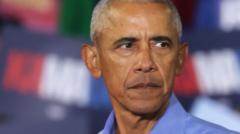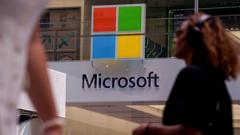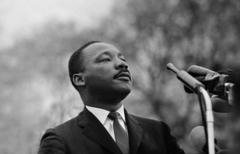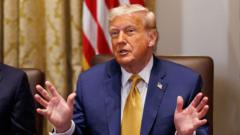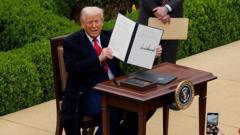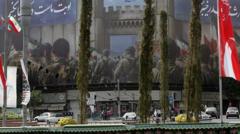Recent documents from the National Archives expose the secrecy surrounding Anthony Blunt, the Queen's Surveyor of Pictures, who admitted espionage to MI5 while Queen Elizabeth II remained uninformed for nearly nine years. This revelation raises questions about information withholding even at the highest royal levels.
Unveiling Secrets: Queen Elizabeth II Unaware of Soviet Spy in Her Midst
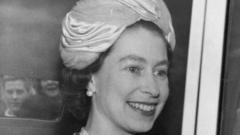
Unveiling Secrets: Queen Elizabeth II Unaware of Soviet Spy in Her Midst
Newly declassified MI5 files reveal that Queen Elizabeth II was kept in the dark for nearly a decade about art historian Anthony Blunt's confession as a Soviet spy.
The recently released MI5 documents shed light on a remarkable chapter of British history, revealing that Queen Elizabeth II was kept unaware for almost a decade of the espionage confession made by her former chief art advisor, Anthony Blunt. Blunt, who managed the Royal Art Collection as the Surveyor of the Queen's Pictures, confessed to being a Soviet agent since the 1930s. The declassified files, released to the National Archives, highlight a continuing narrative of secrecy surrounding one of the UK's most infamous spies.
Blunt's confession in 1964 occurred amidst his interrogation by MI5 operatives, where he disclosed that he had spied for the Soviets during World War II. Despite his admissions, Queen Elizabeth was not formally informed of this critical information until the 1970s, nearly nine years later. When the news reached her, she reportedly reacted with characteristic calmness and appeared unsurprised, suggesting she might have had prior knowledge, as indicated in the documents.
The intelligence community's initial suspicions about Blunt arose following the flight of fellow spies Guy Burgess and Donald Maclean to the Soviet Union in 1951. Blunt's involvement with MI5 during the war and his subsequent interviews by the Security Service drew attention, yet he consistently denied accusations of espionage. Even after multiple interrogations, it took the information provided by American Michael Straight, who claimed that Blunt had recruited him to the Soviet cause, to shift the narrative.
Eventually, MI5's officers decided to relay the information to the Queen, primarily due to an increasing fret that the truth would emerge particularly after Blunt's failing health. The pressing fear of media investigations loomed as journalists were already trying to dig deeper into the enigmatic figure. In March 1973, her private secretary formally discussed the case, signifying the royal family's cautious yet covert acknowledgment of the situation.
Miranda Carter, the biographer of Blunt, speculated that the Queen may have received informal updates prior to 1973 but that the officials preferred to maintain a façade of plausible deniability to protect the monarchy and its image. Blunt's actions were eventually publicly disclosed in a 1979 statement by Prime Minister Margaret Thatcher, marking a significant turning point in perceptions of espionage in Britain.
As the MI5 archives slowly unveil these long-held secrets, questions remain about transparency within governmental agencies and the delicate balance between state security and the public's right to know. Among other revelations in the newly released content, the documents detail instances involving other spies of the era, including Kim Philby and warning notices about potential threats from the KGB.
The commitment from MI5 to open its archives while maintaining necessary confidentiality reflects an ongoing endeavor to confront the complex history of espionage that has woven through the fabric of British political life. The secrets exposed in these files invite a deeper understanding of the intricate web of trust and betrayal that defined a pivotal era in history.

